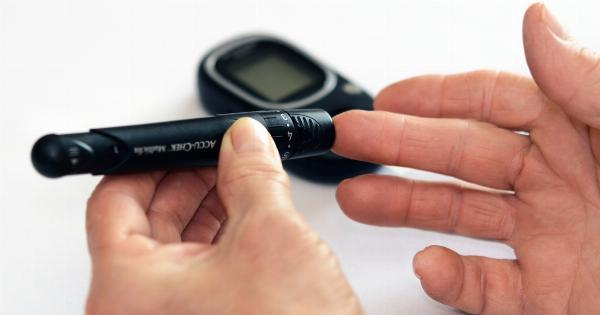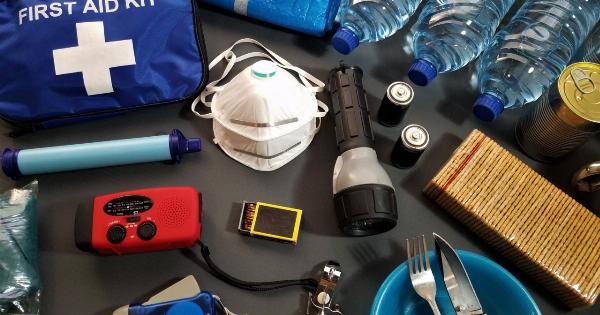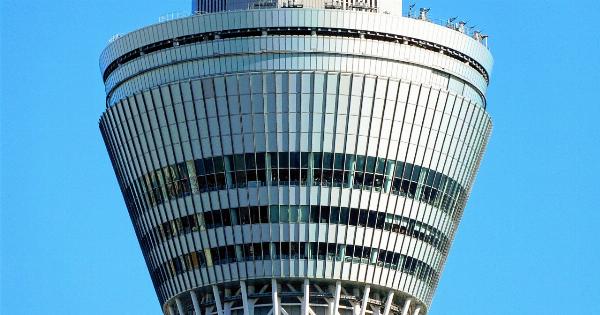Eating at work has become a common practice for many people. With busy schedules and limited time, it’s tempting to grab a quick bite at your desk or in the break room. However, there are several reasons why you should reconsider this habit.
In this article, we’ll explore the negative impacts of eating at work and provide some alternative options.
Increase in mindless eating
Eating while working can lead to mindless eating, where you’re not fully aware of the portion sizes or the nutritional content of your food. This can result in overeating and unhealthy food choices.
By taking the time to step away from your workspace and eat mindfully, you can make more conscious choices about your meals.
Impact on digestion
When you eat at your desk, you’re not giving your body the opportunity to properly digest your food. The stress and distractions of work can affect your digestion, leading to issues like bloating, indigestion, and even nutrient malabsorption.
It’s important to create a separate space for eating where you can relax and focus on your meal.
Lack of breaks
Eating at your desk can often mean that you’re not taking proper breaks from your work. Regular breaks are essential for productivity and overall well-being.
By stepping away from your workspace and enjoying your meal in a designated area, you allow yourself the chance to recharge and return to work with renewed energy.
Poor food choices
When you eat at work, you may be limited to what’s available in the office cafeteria or nearby fast food options. These choices are often high in calories, unhealthy fats, and added sugars.
By planning and preparing your meals in advance, you can ensure you have nutritious options that support your overall health and well-being.
Hygiene concerns
Eating at your desk or in shared spaces can raise hygiene concerns. Your workspace may not be as clean as you might think, and food particles can easily attract pests or lead to unpleasant odors.
Additionally, eating at your desk can contribute to the spread of germs, especially during flu season or in shared office spaces. Taking your meal to a designated eating area can help maintain hygiene standards.
Reduced productivity
While it may seem efficient to eat while working, research suggests that multitasking can actually decrease productivity. When you divide your attention between work and eating, both tasks may suffer.
By dedicating time to eat away from your workspace, you can fully focus on your meal and later return to work with increased concentration.
Social isolation
Eating at your desk can contribute to social isolation at work. Meal times are often opportunities for colleagues to connect, share ideas, and build relationships.
By separating yourself from these interactions, you may miss out on valuable networking and team-building opportunities.
Encourages sedentary behavior
Eating at work can lead to a more sedentary lifestyle. Rather than getting up and moving during your lunch break, you may find yourself glued to your desk, which can negatively impact your health in the long run.
Taking the time to eat in a designated eating area encourages you to take a break and incorporate movement into your day.
Distractions and stress
Eating at your desk or in a noisy, busy break room can be distracting and increase your stress levels. You might not fully enjoy or savor your meal, which can negatively impact your mood and overall well-being.
Finding a quiet and calm space to eat can help you relax and recharge during the workday.
Alternative options
Instead of eating at work, consider these alternative options:.
- Take a proper lunch break: Step away from your workspace and make time for a dedicated lunch break. Find a comfortable area where you can enjoy your meal.
- Plan and prepare your meals: By meal prepping, you can ensure you have healthy and nutritious options readily available. This also allows you to make mindful choices about the food you consume.
- Connect with colleagues: Use meal times as an opportunity to connect with your coworkers. It promotes a sense of camaraderie and can contribute to a positive work environment.
- Incorporate movement: Instead of eating at your desk, take a short walk or engage in light exercise during your lunch break. This can boost your energy levels and improve your overall well-being.
- Create a designated eating area: If your workplace doesn’t have a designated eating area, suggest creating one. This can encourage a healthier eating culture and provide a clean and comfortable space for all employees.
By avoiding eating at work and adopting these alternative options, you can prioritize your health, well-being, and productivity. Remember, taking the time to nourish your body and mind is crucial for a successful work-life balance.































